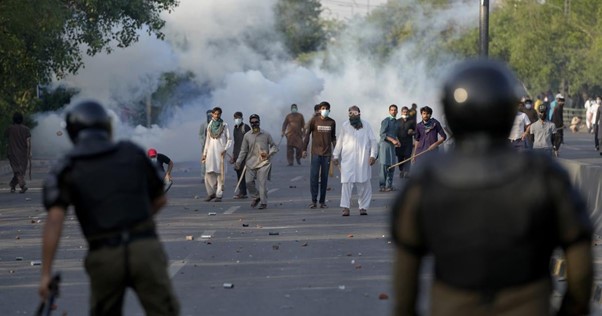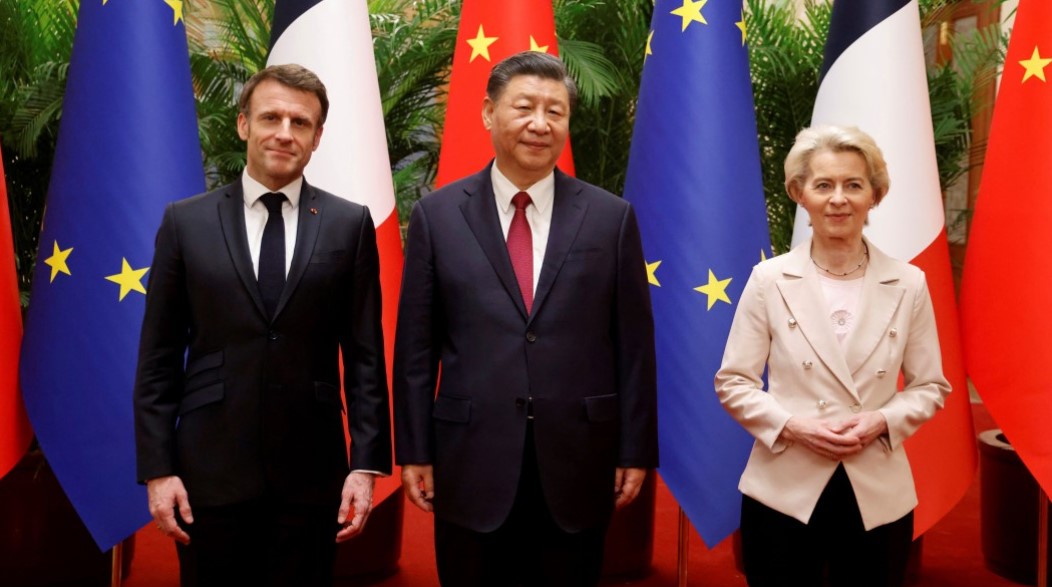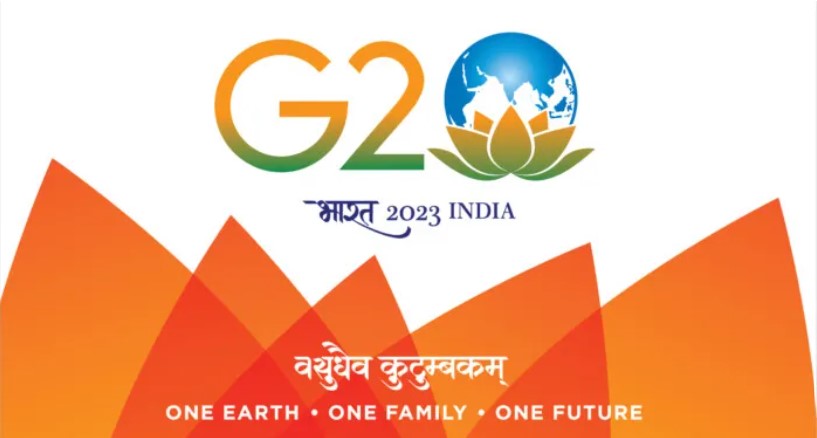Let’s talk about geography – Opportunities for India.
Sun, 09 May 2021 | Reading Time: 4 minutes
One of the facets of twenty first century on which we more or less agree is its state of constant flux, either changing geopolitical equations or new economic developments. As we are grappling from COVID-19 pandemic there is already anticipation of post pandemic world order, amid these precarities prompting countries to ‘rectify supply chains’ or ‘enter new alliances’, one could ill afford to turn a Nelson eye towards a major determinant of socio-economy i.e. Geography. In this article we shall delve into the ‘Geo’ part of geopolitics the subtle force that shapes our political disposition. Tim Marshall in his seminal book “prisoners of geography” implies the latter as one of the decisive factors in the course of history that shaped twenty first century politics.
India is a continent masquerading as a country wrote The Economist, given the diverse climate from torrid deserts of Thar to blistering cold in Ladakh, harbouring demography of assorted races, languages and ethnicity have won us various plaudits. Despite overcoming copious geographical inhibitions several challenges mount on us even more that seventy years of self rule and various technological breakthroughs. North East’s linkage with mainland India merely via Siliguri corridor has hampered transportation, led to inadequate security apparatus, insurgency and China’s intimidation. Similarly dense forests in central India has sheltered Naxalites, recent ambush by the latter is testimony to successful guerrilla strategy where forests act as a linchpin to hide and carry out sporadic attacks. Looking beyond boundaries especially on Chinese front, recent Galwan incident is in our memories afresh besides combat warfare we should not to be oblivious of ‘Himalayan’ advantage for China in controlling rivers like Brahmaputra, it is not a secret that Chinese are constructing dams in mission mode which has also resulted into coloration of Siang few years ago. So it begs the question how can we leverage geography for inclusive growth and ward off external threats? We should follow a ‘three i’ approach encompassing Inland waterways, Indian Ocean region and International alliances for global commons.
1- Inland waterways- If we look at the history of US it reflects inland waterway is much more than flowing water, the great Mississippi basin aided in boosting trade, intermingling of people and ideas. In early 1800’s a few years after its Independence it was a robust conduit for exchange, it helped US to form a single entity. India has untapped potential for Inland waterways with navigable length of 14500 km. It remains underutilized for transportation as total cargo movement for IWT remains at paltry 0.1% of total Inland traffic in India, whereas for US it is 21% and for neighbour Bangladesh it is 35%. In eastern region adjoining regions of Bangladesh, it can act as cushion against the fragility of Chicken Neck or Siliguri corridor, It can lead to better mobilization of resources resulting in changing bilateral equations with ASEAN countries via Myanmar. It will reinforce the spirit of regional governance with organizations like Mekong Ganga cooperation and BIMSTEC. Another perk of Inland water transportation is its low cost and a low carbon footprint.
2-Indian Ocean region- There is a shift in global fault lines from Atlantic ocean to Indo-Pacific region. It is strategically important as more than 80 percent of the world’s seaborne trade in oil transits through IOR. The COVID crisis management by Asian countries has shown their resilience adding another argument in the chorus of ‘Asian century’. On the other hand China’s meteoric rise has grabbed world’s attention; its belligerent, aggressive and expansionist approach has rendered its neighbours and other global players wary. Robert Kaplan has argued China is penetrating IOR and vying to become a “Two ocean power” as US did in previous century. India’s prominent presence in Andaman and Nicobar should keep China on its toes and reinforce its ‘Malacca dilemma’. Indian subcontinent lies in middle of Persian Gulf and Malacca strait which could make us a key transit point. What we also need is a renewed vigor in economic domain, IOR is rich in Methane hydrates; 10% of these reserves are sufficient to meet energy needs for a century, besides poly-metallic nodules can also be reason to cheer not unsurprisingly US has brought a revolution in its energy sector by exploiting Shale gas.
3- International alliances- Our fate was sealed million years ago when we were a super continent Pangea; after drifting apart it is not much different. Arctic region’s ice is said to be thawing due to climate change which has implications for low lying countries, it has also paved the way for new routes and intensified geopolitical importance not to mention its mineral rich continental shelf; in this backdrop recently China unveiled its Arctic policy. India should also adopt a pro active approach, its research mission ‘Himadri’ is merely a beginning.
Given our energy needs and emphasis on renewable energy India should be concerned about its dependence on China for Lithium ion batteries. We should engage with middle powers like Australia and nations of Latin America rich in lithium, this raw material procurement can bolster Indigenous batteries production.
Talking about ‘Space’ there is increasing interest in this global common, Everett Dolman has coined the term ‘Astropolitics’ emblematic of political pursuits beyond Earth. There is concern of weaponization of space especially in Low Earth Orbit, One can also witness a cut throat competition for research and development for maneuverability. This has sparked debate on ethical use of space to debris management, India should set new social norms and engage with like minded countries.
Indian initiatives like Coalition for Disaster resilient Infrastructure and International Solar Alliance are steps in right direction where geography and its implication holds a center stage addressed by robust governance and active partnerships. Though it could be said humanity has tamed geographical limitations by technological progress, yet we could not take changing dynamics for granted, we have to evolve and adapt, John Chipman’s “fast power” seems to be befitting where agility has become a key determinant of power.
Disclaimer
The opinions expressed in this article are the author’s own and do not reflect the views of Chanakya Forum. All information provided in this article including timeliness, completeness, accuracy, suitability or validity of information referenced therein, is the sole responsibility of the author. www.chanakyaforum.com does not assume any responsibility for the same.
Chanakya Forum is now on . Click here to join our channel (@ChanakyaForum) and stay updated with the latest headlines and articles.
Important
We work round the clock to bring you the finest articles and updates from around the world. There is a team that works tirelessly to ensure that you have a seamless reading experience. But all this costs money. Please support us so that we keep doing what we do best. Happy Reading
Support Us




















POST COMMENTS (0)